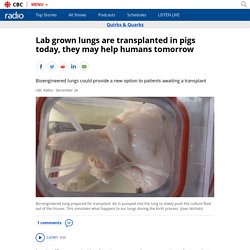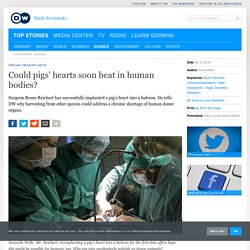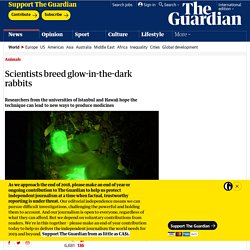Zoom
Trash

University and Arts Council in drive to re-brand 'soft' academic subjects. A national fight to restore the balance between rival academic disciplines and give back lost weight to subjects such as history, foreign languages, geography and English literature, is to start this week with the unveiling of Shape, a “re-branding” drive to promote the humanities and social sciences.

The plan, shared with the Observer, is to emulate the success of the educational term Stem – which stands for science, technology, engineering and maths – in emphasising the importance of the core subjects it represents. By contrast, Shape, or social sciences, humanities & the arts for people & the economy, is designed to encourage schoolchildren and undergraduates to view these subjects as positive steps towards a high-status career.
The campaigners also aim to ensure that grant applications for research funding will be given equal priority. “This is about levelling up the agenda. Lab grown lungs are transplanted in pigs today, they may help humans tomorrow. Less than 20 years ago, the idea of growing new organs from your own tissues for transplant was science fiction.

Today it's perhaps a decade away from reality as an experiment earlier this year that transplanted bio-engineered lungs into adult pigs demonstrated that we may be close to being ready for trials in humans. How to bio-engineer a lung There are two major components to building an organ: the structure and the right cells on that structure. A team led by Dr. Joan Nichols, a Professor of Internal Medicine, Microbiology and Immunology at the University of Texas Medical Branch in Galveston, were able to tackle both parts of the problem In their experiment they used a donor organ for the structure. Paper in Science Translational Medicine They then added cultured cells from the animal who would be receiving the transplant - so the lung was made of the animal's own cells. The Human Genome's 300 Million Missing Letters of DNA. In-depth reporting on science and technology.
Deutsche Welle: Mr.

Reichart, transplanting a pig's heart into a baboon for the first time offers hope this might be possible for humans, too. Why are pigs particularly suitable as donor animals? Bruno Reichart: Ethics play an important role here. We've been eating pigs for a long time, so it's socially acceptable to kill them. Also, pigs produce many offspring in a very short time — every four months — and they are fully grown and sexually mature after six months. A pig's heart is also very similar in structure to a human heart. Read more: First baby born via uterus transplanted from dead donor And why baboons as recipients?
This is part of what the authorities demand: The organ should not be implanted into a pig or a dog but a primate that's very close to us biologically, so conclusions can be drawn as to whether the intervention could also be successful in humans. Reichart believes pig hearts could save human patients. Subscribe to read. Nova Science Now : Irene Pepperberg & Alex. Scientists breed glow-in-the-dark rabbits. As part of an effort to improve treatments for life-threatening illnesses, a team of scientists have created rabbits that glow in the dark.

Their efforts produced two rabbits out of a litter of eight that went from being a normal, fluffy white to glowing green in the dark. The rabbits were born at the University of Istanbul as part of a collaboration between scientists from universities in Turkey and Hawaii. The rabbits glow to show that a genetic manipulation technique can work efficiently, though the specific color is more cosmetic than scientific. "The green is not important at all – it's just a marker to show the experiment can be done successfully," said University of Hawaii associate professor Stefan Moisyadi. Glowing Green Rabbits from UHMed on Vimeo. To produce the glowing effect, researchers injected jellyfish DNA into a mother rabbit's embryos. Eventually, the researchers hope the technique can lead to new ways to produce medicines, Moisyadi said. … we have a small favour to ask.
15 Worrying Things About the CRISPR Babies Scandal. 11.

There is no way to tell whether He’s work did any good. Both Nana and Lulu will be monitored at least until they turn 18. But “the children were already at virtually no risk of contracting HIV,” said Alta Charo, a bioethicist from the University of Wisconsin at Madison, in a statement. This means that “there is no way to evaluate if this indeed conferred any benefit. If they remain HIV-negative, there is no way to show it has anything to do with the editing.” At the Hong Kong summit, He was asked whether the two children would be treated differently by their parents, who will know that they have been edited. 12. If He shows any contrition about how these events have unfolded, it has not been obvious. 13. In the wake of He’s bombshell, several scientists, including the CRISPR pioneer Feng Zhang and the stem-cell biologist Paul Knoepfler, have called for a temporary moratorium on similar experiments.
Read: A reckless and needless use of gene editing on human embryos 14.